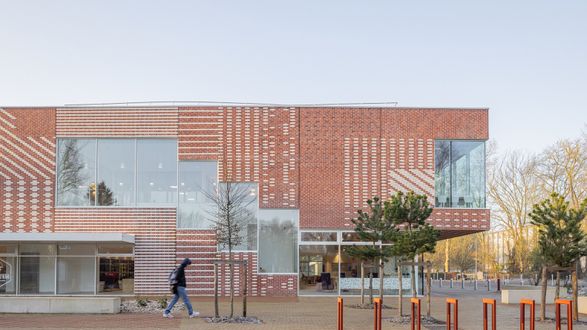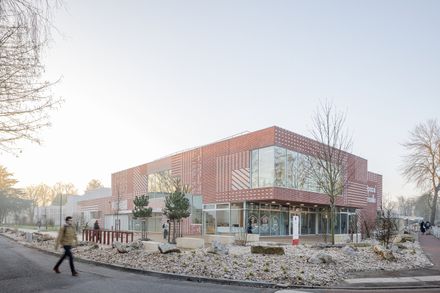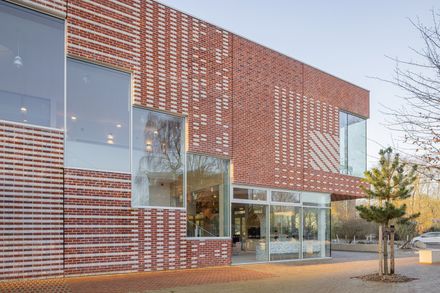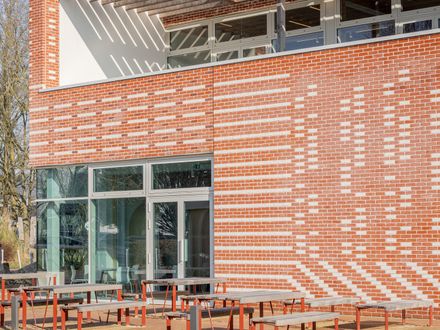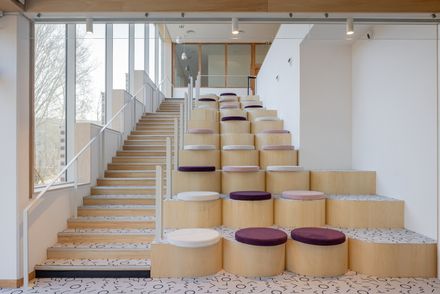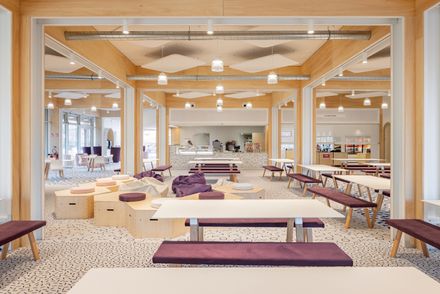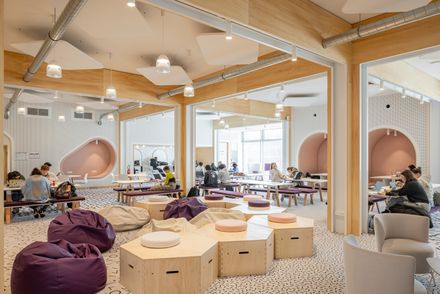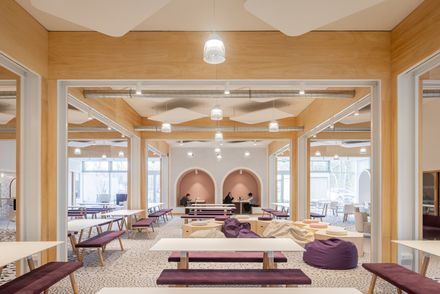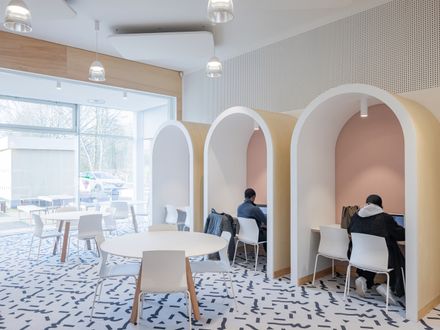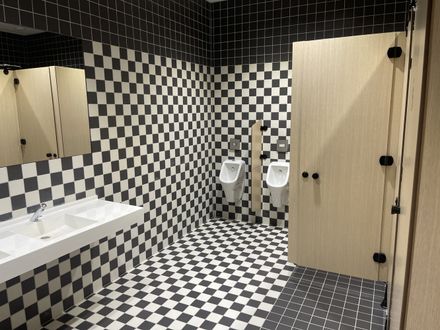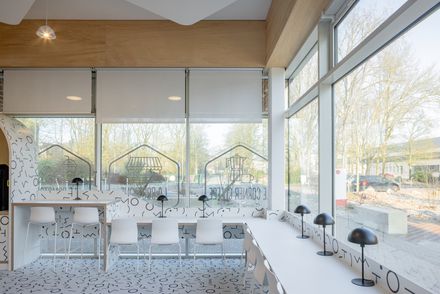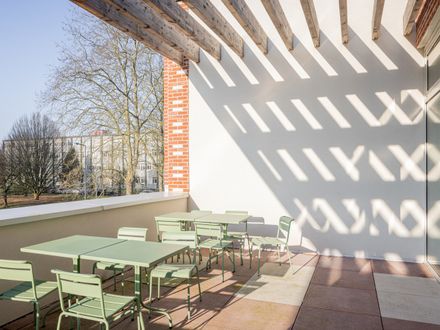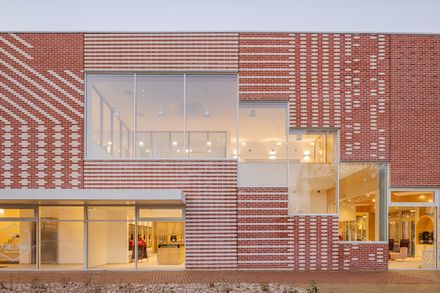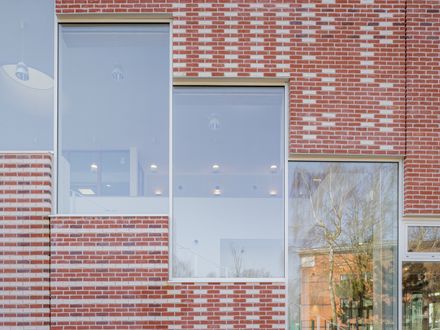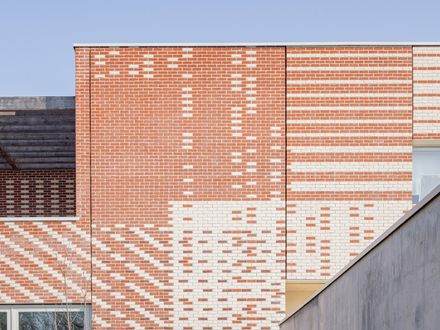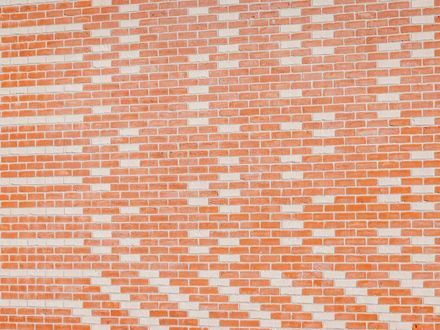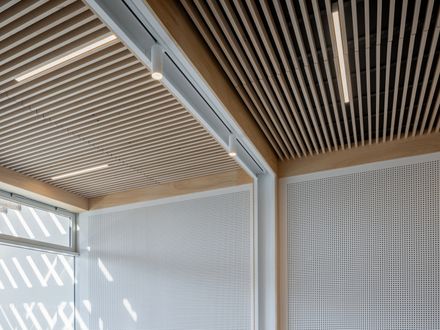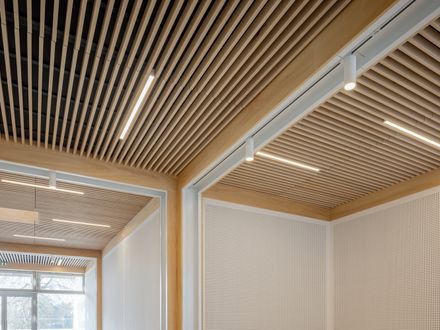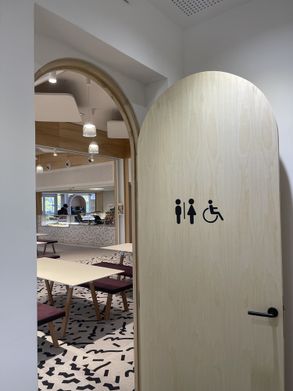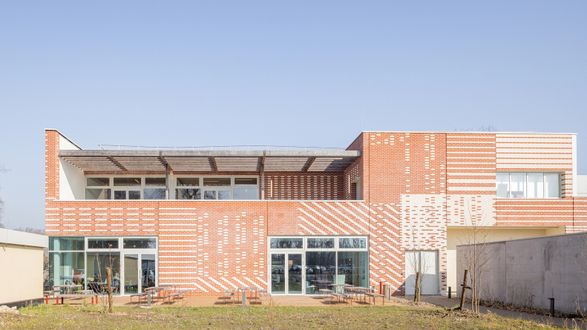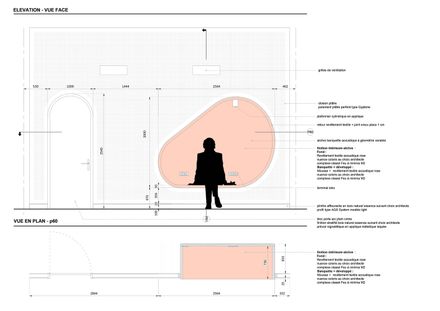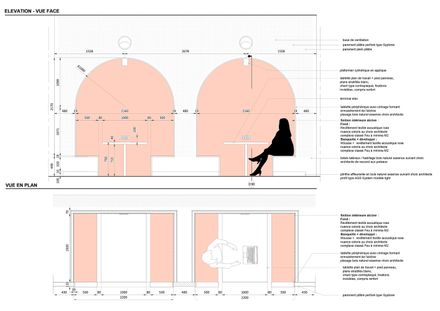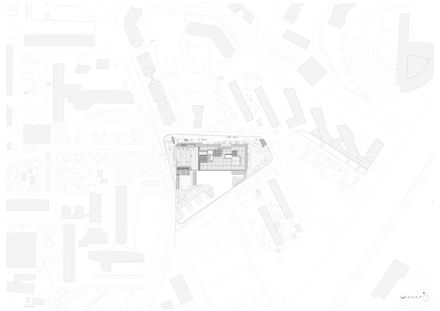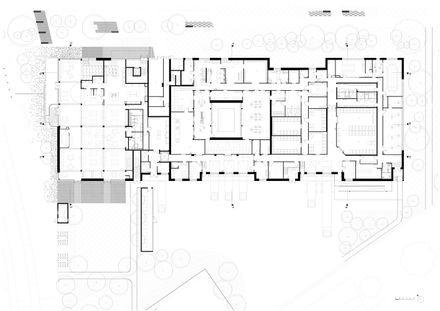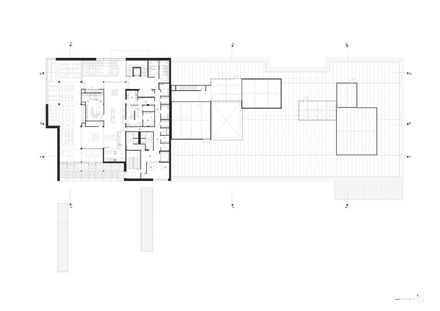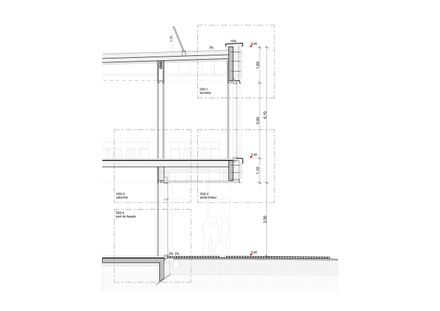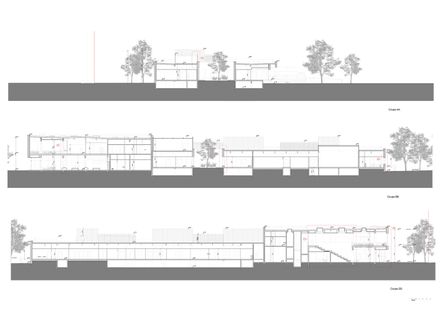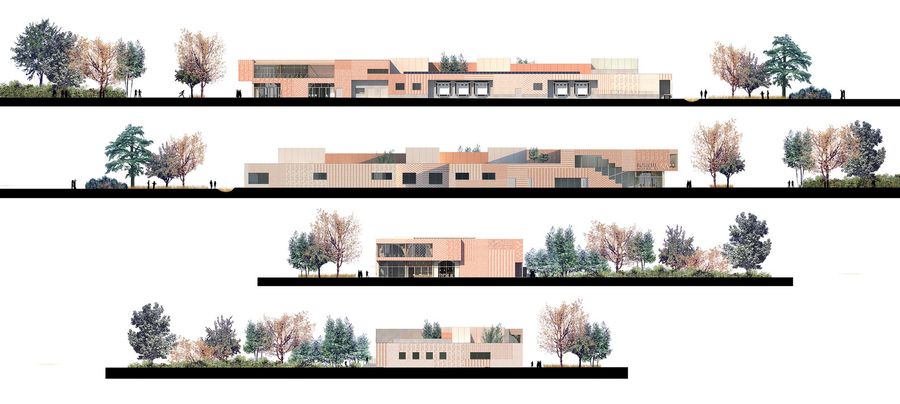
(S)pace Pariselle Educational Building
ARCHITECTS
D’houndt+bajart Architectes&associés
LEAD ARCHITECTS
Vincent D'houndt, Bertrand Bajart
MANUFACTURERS
Bega, Wienerberger, Forbo, Knauf, Rockfon
ENGINEERING & CONSULTING > ACOUSTIC
Avls
DESIGN TEAM
Vincent D'houndt, Bertrand Bajart, Nicolas Questroy
ARCHITECTURE OFFICES
Architecture Patrick Mauger
ENGINEERING & CONSULTING > OTHER
Hdm, Behal
LANDSCAPE ARCHITECTURE
Mugo
ENGINEERING & CONSULTING > ENVIRONMENTAL SUSTAINABILITY
Eodd
LOCATION
Villeneuve-d'ascq, France
CATEGORY
Educational Architecture, Other Facilities
(S)pace Pariselle is being built in the Villeneuve d'Ascq university campus in northern France. It's an innovative architectural project, fusing daring glitch style with elements of regionalist, vernacular, romantic, and psychedelic architectural traditions.
Anchored in a vision of the architecture of the future, this facility pushes back the boundaries of creativity, fusing architecture and music in transcendent harmony.
Traditional materials - brickwork and terracotta patterns - are transformed in this glitch landscape, where architectural structure is reinvented at every angle, on walls and floors.
Straight lines twist, shapes distort, creating a visual kaleidoscope that evokes both order and chaos. The facades are living canvases, a tribute to musician Joy Orbison, where constantly shifting patterns captivate the eye and challenge the notion of fixed form.
Inspired by Sam Prekop's oil paintings, these architectural structures are symphonies of organic color, evoking a sense of perpetual motion.
Over a length of 100 meters, the gradation of brick, from red to white, creates a harmonious transition with the neighboring buildings.
This third place is not just a physical space, but a sensory and emotional experience, a place where architectural innovation meets artistic expression, inviting everyone to rethink their perception of space and reality.
It embodies a unique fusion of past and future, tradition and avant-garde, offering a captivating glimpse of what tomorrow's architecture might look like.
The building was constructed on the site of a former university residence named after the French chemist Henri Pariselle.
In addition, a large ceramic mural that belonged to the previous building has found a new home in the restaurant, lending an anachronistic depth to the softly psychedelic mood of the place.
Through the toponymy and the conservation of the mural, the history of the (S)pace crosses the ages. The whimsical but not anecdotal use of the name Pariselle places the building in a continuity.
That of the perpetual evolution of the scientific campus (Cité Scientifique) of Villeneuve d'Ascq, since its creation in 1960, has been like a city that reinvents itself without totally erasing the traces and ambitions of the past.


